
Game boxes and more
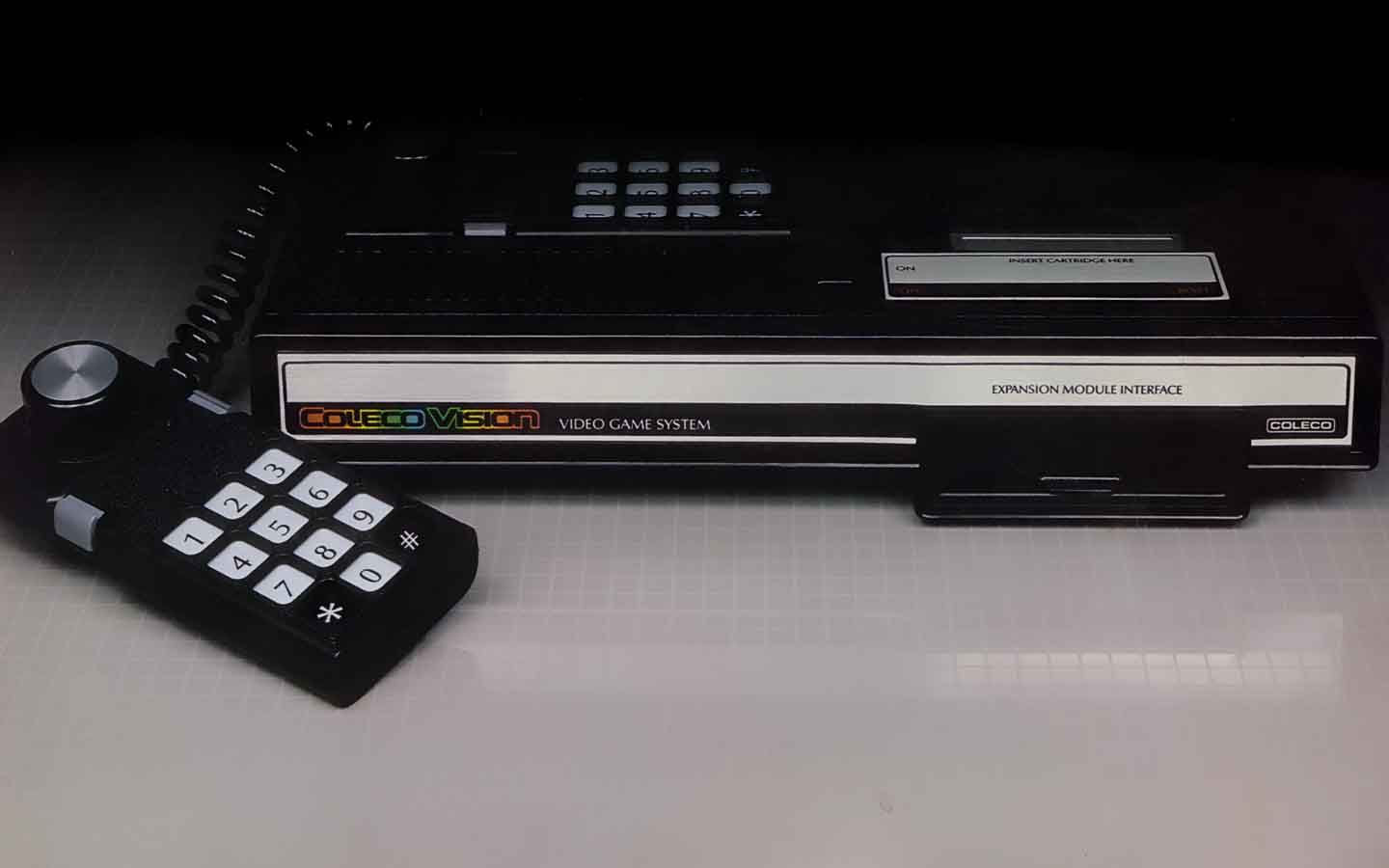


Welcome to the Coleco Box Art site. I made this site since I had lots of difficulties to find scans of boxes of Colecovision games, especially the European versions. I have tried to collect as many as I could and then I scanned them to make them available for you. I also tried to “remake” some of them. You can help me by scanning, giving or selling me any artwork, game box, etc. about the Colecovision. Thank you.
![]()
02/19/20 Star Wars
02/19/20 Illusions
02/19/20 Frogger II
02/19/20 Mr Do's Castle
05/12/19 : Gyruss
04/05/19 : Zenji
03/01/19 : Reformat of the site
08/27/17 : Zaxxon CBS0
06/17/17 : Looping (German)
06/17/17 : Pepper II (UK)
06/17/17 : Space Panic (German)
06/17/17 : Time Pilot (USA)
06/17/17 : Venture (German)
07/29/13 : Update of my collection
Complete log
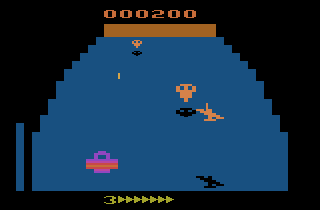 |
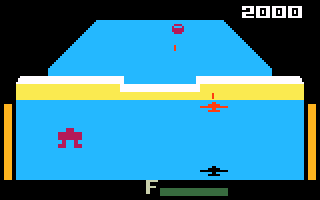 |
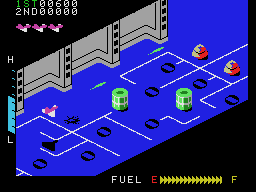 |
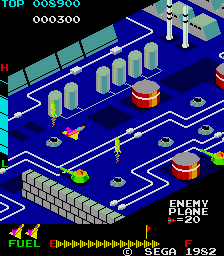 |
Zaxxon (Atari VCS) |
Zaxxon (Intellivision) |
Zaxxon (Colecovision) |
Zaxxon (Arcade) |
On June 1, 1982, Coleco re-entered the fray with the announcement of its "third generation" video game system, ColecoVision. Touting "arcade quality", ColecoVision took aim at the seemingly unassailable Atari 2600.
The bulk of Coleco's library was comprised of overlooked coin-op games such as Venture and Lady Bug. With a library of twelve games, and a catalog showing ten more on the way (many of which were never released), the first one million ColecoVisions sold in record time. In 1983 it topped sales charts, beating out Atari and Mattel, with much of its success being contributed to its pack-in, Donkey Kong. The ColecoVision soon had more cartridges than any system except the Atari 2600, and with the 2600 converter still today has more playable games than any other system.
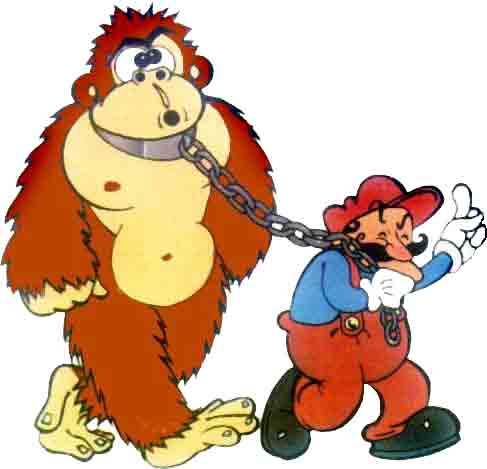
The ColecoVision introduced two new concepts to the home videogame industry - the ability to expand the hardware system, and the ability to play other video game system games.
The Atari 2600 expansion kit caused a flurry of lawsuits between Atari and Coleco. After the dust cleared, the courts had decided that it was acceptable for Coleco to sell the units. As a result of this Coleco was also able to make and sell the Gemini game system which was an exact clone of an Atari 2600 with combined joystick/paddle controllers.
Coleco was also the first home videogame maker to devote the majority of their product line to arcade conversions, using the superior graphics of the ColecoVision to produce nearly arcade-quality games, albeit often missing a screen or level.
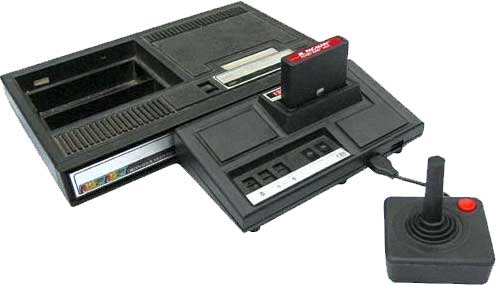
Coleco truly shocked the industry by doing so well. In a year, the stock rose in value from 6 7/8 a share to 36 3/4.
Unfortunately, the ColecoVision suffered the same fate as the rest in the great video game shake-out of 1984. Coleco's unsuccessful bug-ridden ADAM computer only complicated the problem; running behind schedule, Coleco is rumored to have used another manufacturer's computer as the Adam prototype at a CES show while at the same time Adam software was being developed with the system. Some believe if it wasn't for Coleco's Cabbage Patch dolls, they would have completely disappeared. Even the Cabbage Patch dolls couldn't keep Coleco going forever, though; the company went under for good a few years later. Ironically, Mattel (the producers of Intellivision) now own the rights to the Cabbage Patch dolls.

Coleco stopped production of the ColecoVision in 1984. Their last few titles (Illusions, Spy Hunter, Telly Turtle, and Root Beer Tapper) were barely seen in stores. Soon after that, Telegames bought much of Coleco's stock and even produced a few titles of their own that didn't reach the shelves before the shake-out. As recently as 1991 a mail order electronics store was known to sell ColecoVision motherboards and joysticks.

When Coleco left the industry they had sold more than 6 million ColecoVisions in just two years, even with the last year being troubled by the shake-out. Many in the industry believe if it wasn't for the videogame crash of '84, that Coleco could have gone through the 80's as the system of choice, especially with its proposed Super Game Module. It was clearly beating Atari and Mattel, but just didn't have the installed base to last out the crash.
Source : Colecovision FAQ - Copyright (c) 1998 Kevin Bowen, Thomas J. Crugnale, Joseph M. Huber and James Carter
Aug 1982 |
ColecoVision released |     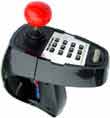 |
1982 |
Expansion Module #1: Atari 2600 Converter released Module #2, Driving Controller released |
|
Feb 1983 |
Super Game Module announced | |
1983 |
Super Game Module demoed (non-playable) at New York Toy Show | |
May 1983 |
Advertising of the Super Game Module starts; runs through July | |
Jun 1983 |
ADAM computer introduced | |
Aug 1983 |
Super Game Module schedule to go on sale | |
Oct 1983 |
Super Game Module dropped | |
Fall 1983 |
ColecoVision Roller Controller released | |
1983 |
ColecoVision Super Action Controllers released | |
Winter 1983 |
The video game market begins to crash | |
Spring 1984 |
The video game industry collapses. All production stops. | |
Jan 1985 |
Coleco drops the ADAM computer |
CBS0
These boxes seem to be the very first CBS boxes to be released. For the moment, I have only one proof of existence with the box for Zaxxon.
CBS1
Boxes have only one language (English, French, German, etc.) and there is a big artwork on the front.
CBS2
Boxes are multilingual (ex: English, French, German and Italian) and there is a big artwork on the front.
CBS3
Boxes are multilingual (ex: English, French, German, Spanish and Italian) and the main color is grey.
CBS4
These boxes are made of plastic and look like small VHS boxes.
CBS5
These boxes are like CBS4 but half the size. They were produced in Spain.
Coleco1
Boxes have got a picture of the arcade cabinet of the game when it exists and there is a yellow splash sign.
Coleco2
The splash sign is replaced with a yellow stripe.
Canadian Models
Boxes for Canada are the same as Coleco1 and Coleco2 boxes but the texts are written both in English and in French.
Other manufacturers
Parker Brothers, Epyx, Micro Fun, etc., have their own box models.